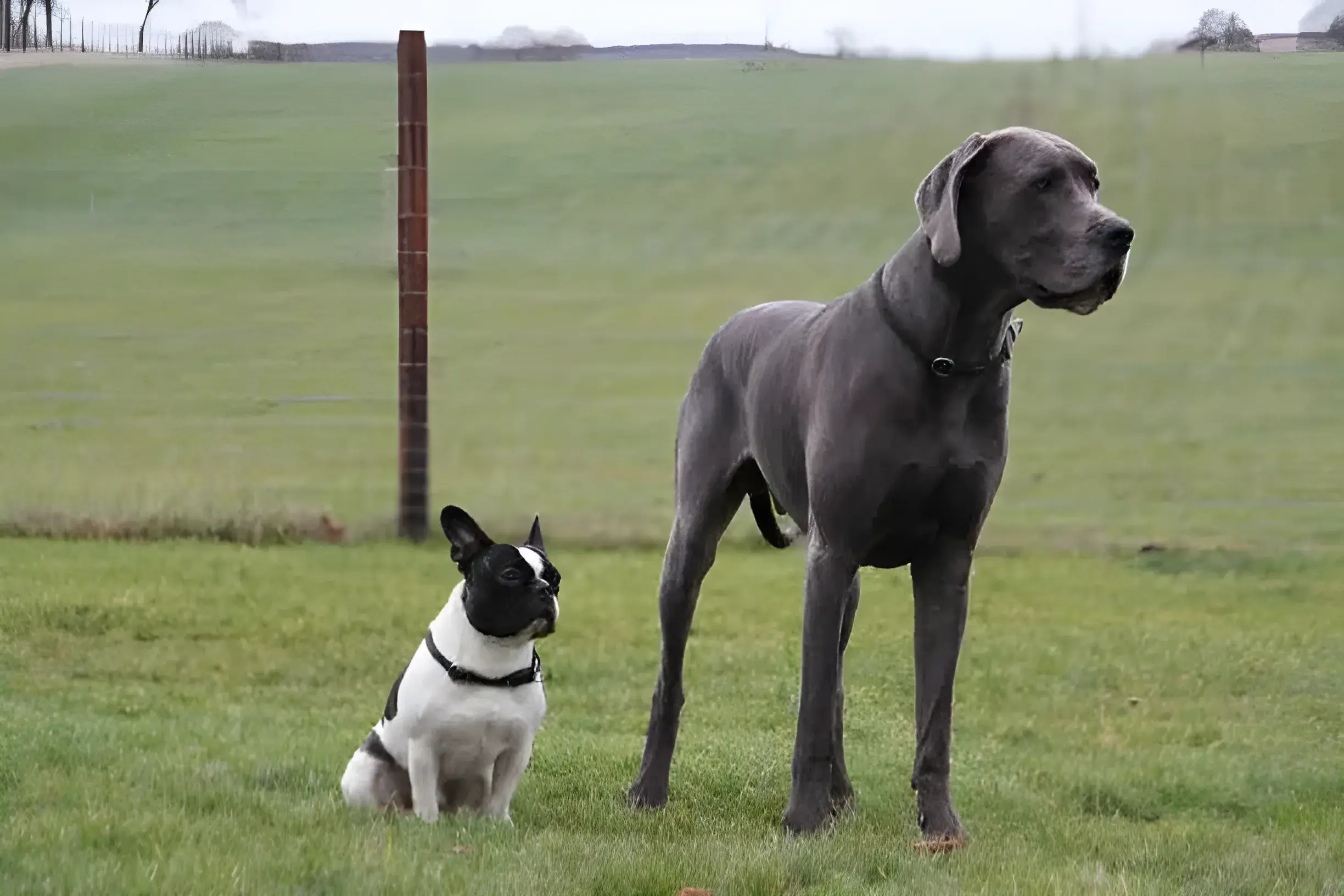While most people picture a Great Dane when they think “giant dog,” there’s a whole world of massive canines out there! Let’s explore what “biggest” really means, and some breeds that exemplify it – including some you might not have heard of.
What Makes a Dog Breed “Biggest”?
Height: Measured from the ground to the top of the shoulders, this determines the tallest breeds.
Weight: The heaviest dogs take this prize, with muscle and bone mass being the deciding factor.
Overall Bulk: Some dogs are a combination of height and weight, giving them an imposing presence.
At a Glance: Biggest Dog Breeds
| Breed | Average Height Range (at shoulder) | Average Weight Range | Temperament | Origin |
|---|---|---|---|---|
| English Mastiff | 27-30 inches | 120-200 pounds | Calm, protective | England |
| Great Dane | 28-32 inches | 110-175 pounds | Gentle, goofy | Germany |
| Irish Wolfhound | 32-34 inches | 105-180 pounds | Sweet, easygoing | Ireland |
| Neapolitan Mastiff | 26-30 inches | 150-200 pounds | Watchful, loyal | Italy |
| Anatolian Shepherd Dog | 27-29 inches | 100-150 pounds | Independent, protective | Turkey |
| Tibetan Mastiff | 24-28 inches | 100-160 pounds | Aloof, majestic | Tibet |
Famous Giants and Lesser-Known Goliaths
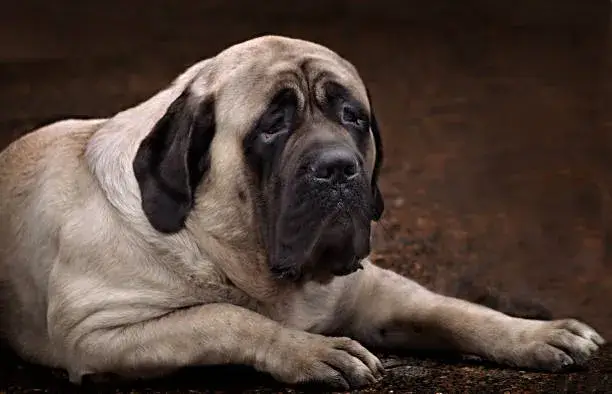
1. English Mastiff: This breed often takes the cake for sheer weight. Males can top 200 pounds! Originally bred as guard dogs, today’s Mastiffs are calm companions, though their size requires experienced owners.
Image Credit: forisana/istockphoto
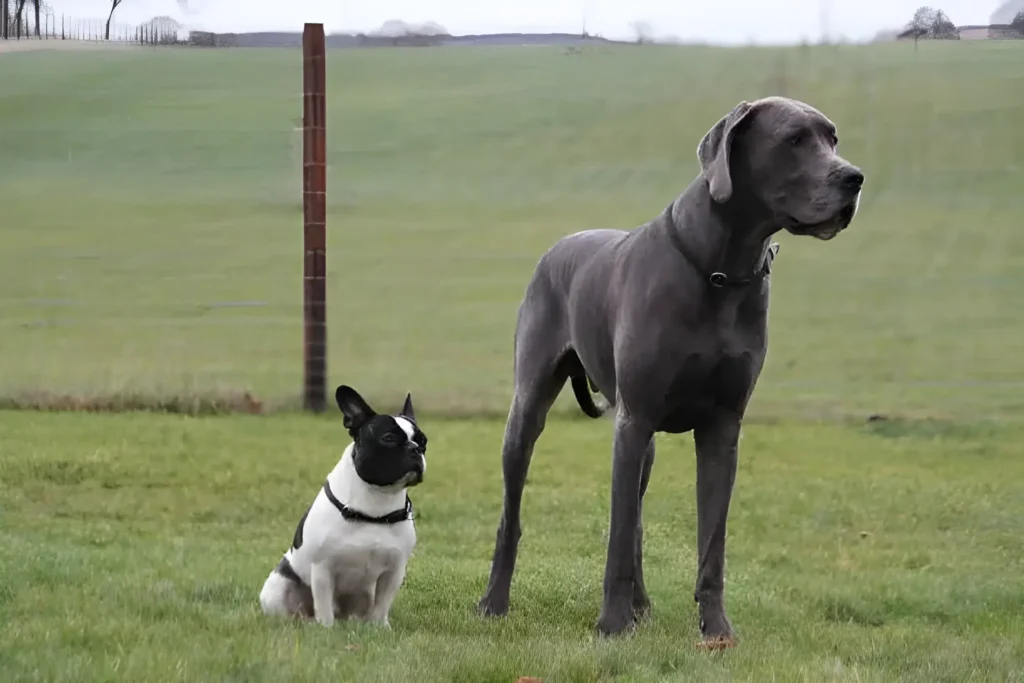
2. Great Dane: While not always the heaviest, Great Danes often win the height contest! Sadly, their large size makes them prone to certain health problems. Despite this, they’re known for their gentle, playful personalities, although their short lifespan can be heartbreaking.
Image Credit: BiancaGrueneberg/istockphoto
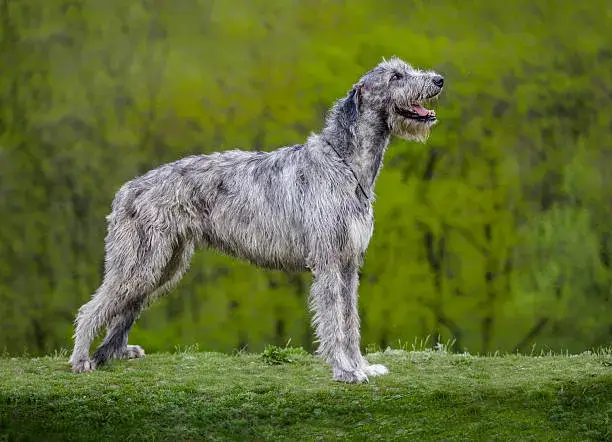
3. Irish Wolfhound: Built lean and tall, these dogs were literally wolf hunters. While less bulky than Danes, they’re often taller. Their sweet, easygoing nature contrasts with their history.
Image Credit: Ashva/istockphoto
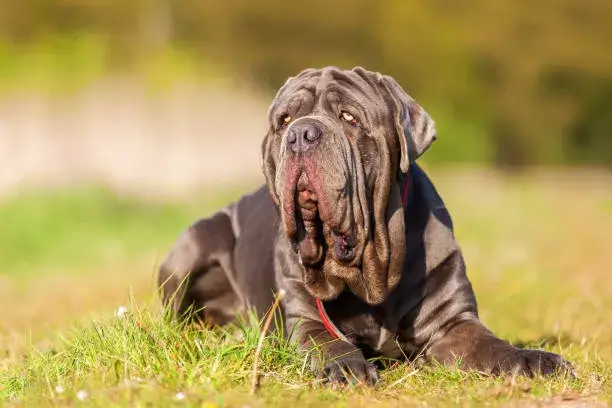
4. Neapolitan Mastiff: Wrinkly and watchful, this guard breed has a powerful build, even if not the tallest. Neos need strong leadership and socialization to prevent overprotectiveness.
Image Credit: chris-mueller/istockphoto
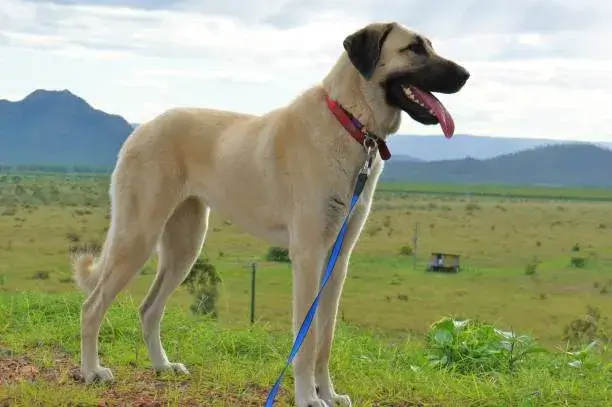
5. Anatolian Shepherd Dog: Used for millennia to guard livestock, these dogs are huge and independent. Anatolians are not beginner pets, but fiercely loyal within the right home.
Image Credit: Lyndsey Sumpton/istockphoto
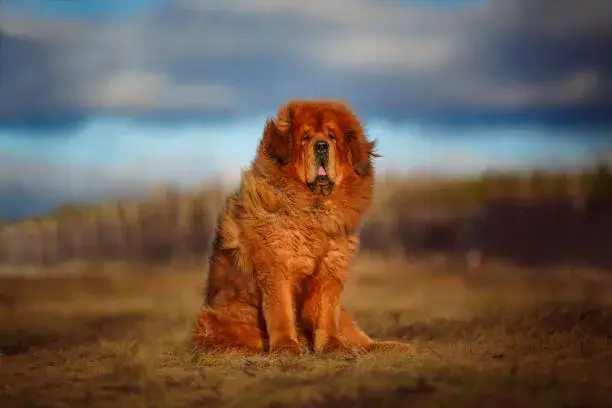
6. Tibetan Mastiff: Fluffy and aloof, these ancient dogs look like massive teddy bears…until they decide you’re a threat. They’re not suited to most home environments.
Image Credit: ~User7565abab_575/istockphoto
Is a Giant Breed Right for You?
Practicalities: Large dogs eat a LOT, need room to move (no tiny apartments!), and vet care is more expensive.
Health: Shorter lifespans and joint problems are common. Responsible breeders are key.
Training: A giant dog who pulls on the leash is a disaster. Obedience is non-negotiable.
Lifestyle: Are you active enough? Some of these breeds need HOURS of exercise daily.
Spotlight on Breed-Specific Health Concerns
When it comes to giant breeds, size matters – even for their health. Here are common conditions seen more often in these dogs:
Hip and elbow dysplasia: These painful joint problems happen when the hip or elbow develops abnormally, causing pain and arthritis.
Bloat (Gastric torsion): A true emergency, this occurs when a dog’s stomach twists, trapping gas. Breeds with deep chests are at the highest risk.
Heart conditions: Enlarged, weakened heart muscles (called Dilated Cardiomyopathy, or DCM) can lead to heart failure, especially in some giant breeds.
Bone cancer: Large breeds, unfortunately, seem to get bone cancers like osteosarcoma more frequently than their smaller cousins.
The Financial Factor
Owning a giant dog comes with a significant financial responsibility:
Higher-quality food: These dogs need a substantial amount of high-quality dog food to maintain their weight and health.
Veterinarian bills: From routine checkups to surgeries, everything costs more with a giant dog.
Potential for shorter lifespan: Giant breeds often have shorter lifespans than smaller dogs. This means potentially more frequent adoption or purchase costs over your lifetime.
Beyond the Biggest: Other Large and Lovable Breeds
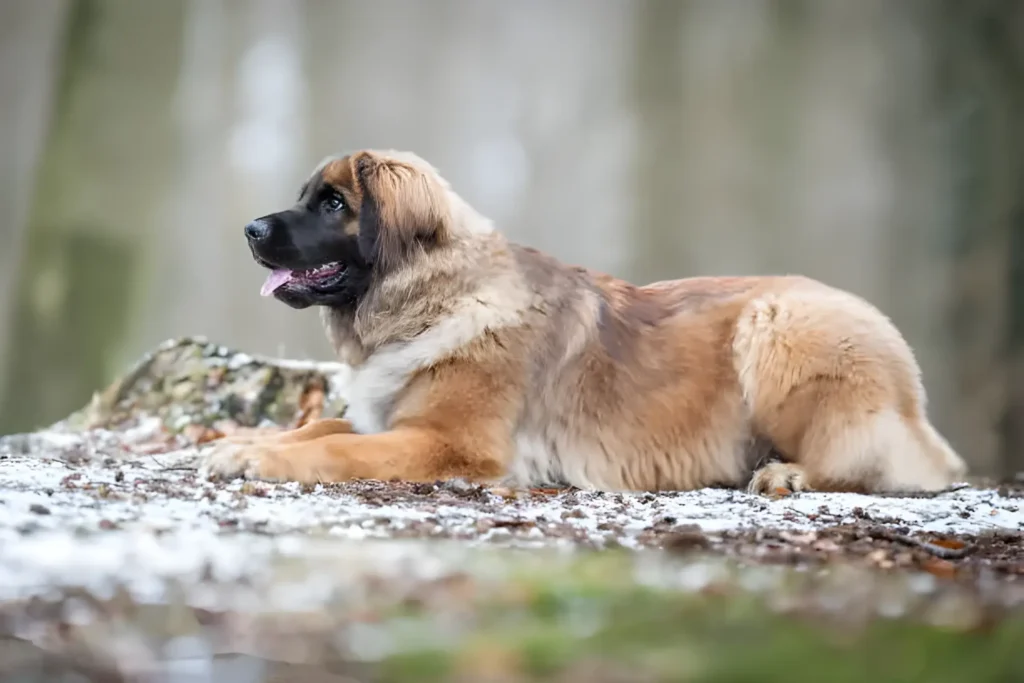
Don’t despair if a true giant isn’t in the cards. Consider these breeds, still sizable, but often easier to manage:
- Bernese Mountain Dog
- Newfoundland
- Saint Bernard
- Leonberger
- Cane Corso
Did You Know? Fun Facts About Giant Dog Breeds
Ancient protectors: Many giant breeds, like the Tibetan Mastiff, originate from centuries-old guardian roles.
Record Holders: A Great Dane named Zeus held the record for tallest dog at 44 inches!
Gentle giants in disguise: Newfoundlands are nicknamed “Nana dogs” for their sweetness with children (think Peter Pan!)
Celebrity owners: Famous fans of big dogs include Brad Pitt (Mastiffs) and Sylvester Stallone (Neapolitan Mastiff).
The Takeaway
The biggest dog breeds are awe-inspiring, but ownership is a huge commitment. Do your research and choose a dog who matches your lifestyle, not just their impressive size!
Conclusion
The world of giant dog breeds offers amazing variety in size, temperament, and history. Whether you’re simply fascinated by these gentle giants or are considering adding one to your family, understanding the unique needs and responsibilities of owning such a large dog is key.
The photo featured below the post headline is Credit: BiancaGrueneberg/istockphoto
I hope you find this post helpful and informative. If Yes’ feel free to share it with your friends!
Frequently Asked Question
Are bigger dogs more dangerous?
Not inherently. A poorly trained dog of ANY size can be dangerous. Socialization and responsible ownership are crucial, especially with powerful breeds.
Are giant breeds good for first-time dog owners?
Most giant breeds are not recommended for first-time owners. They require confident handling, significant training, and an understanding of their unique needs.
What’s the largest dog ever recorded?
A Great Dane named Zeus held the record at 44 inches tall!
Are giant breeds a good fit for apartments?
Generally not. Most need space to roam, and even a calm giant breed can accidentally cause damage in a small space.
Do giant dog breeds have shorter lifespans?
Sadly, yes. Many giant breeds have lifespans of only 6-10 years, compared to smaller dogs who often live longer.
What kind of exercise do giant breed dogs need?
Exercise needs vary by breed. Some need long walks, others are fine with yard play. Research the breed’s energy level before welcoming them home.
How much does it cost to own a giant dog breed?
Ownership is significantly more expensive. Expect higher costs for food, vet care, boarding, and potentially shorter lifespans mean more frequent pet purchases/adoptions.
What are the most common health problems in giant dog breeds?
Hip and elbow dysplasia, bloat, heart disease, and certain types of cancer are more common in giant breeds.
How do I find a responsible breeder of giant dog breeds?
Look for breeders who prioritize health testing, have good reputations within the breed community, and thoroughly screen potential puppy buyers.
Besides their size, what makes giant dog breeds different?
Many giant breeds are surprisingly mellow indoors, have strong guarding instincts, and may have a higher prey drive than smaller dogs.
Are giant dog breeds good with children?
It depends on the individual dog, the breed, and the children. Proper socialization with respectful children and constant supervision are essential.

